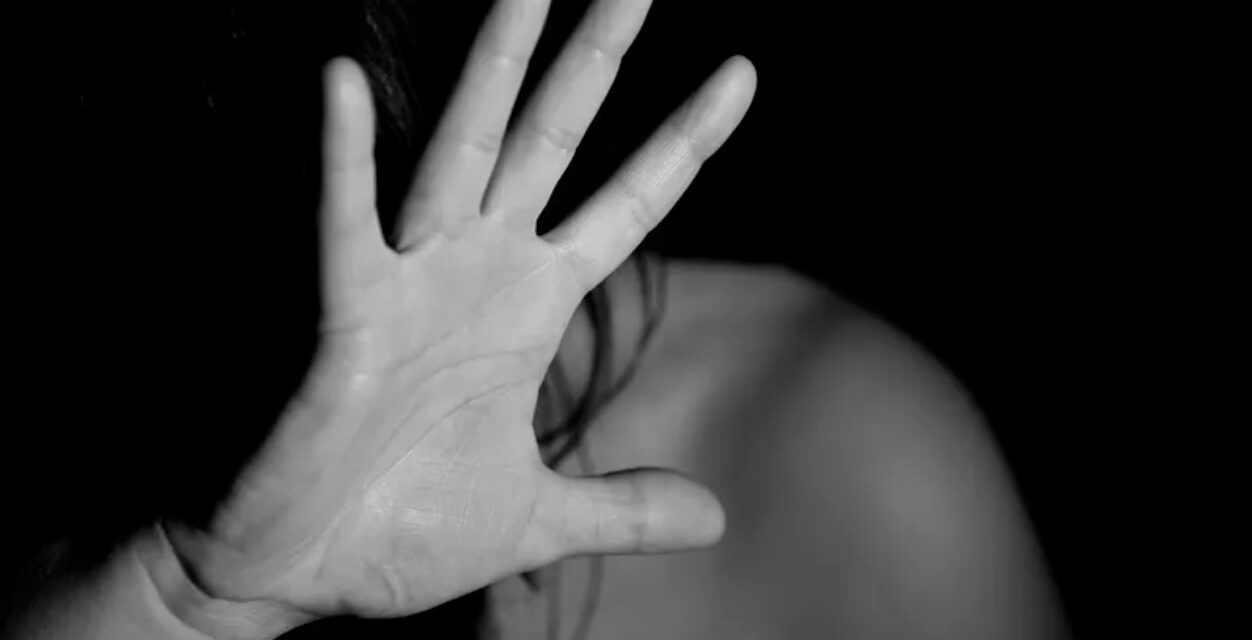We are in the midst of a national epidemic, an epidemic of domestic violence unparalleled in our history. Murder and injury arising from domestic violence are far too common and stories about horrific domestic violence events flood our media.
Domestic (or Family) Violence is a pattern of abusive and controlling behaviour that takes many different forms. It happens within intimate relationships as well as between family members and is rarely an isolated, one-off incident. Domestic violence can affect anyone, regardless of sex, age, race, sexuality, disability, income, gender or lifestyle. However, violent behaviour is most frequently used by men, as a way to exercise power and control over women and children. https://ntv.org.au/about-family-violence/
But domestic violence manifests itself in many ‘lesser’ forms on a daily basis for many people. You could be a victim of domestic violence if someone is stopping you from communicating with loved ones outside the home or you are not given privacy to speak to your friends and family on the phone or your movements, such as going for a walk are controlled. If someone loses their temper and blames you or your children for their feelings of frustration, it is a case of domestic violence. If someone withholds money for essential items such as food, medicine, clothing or phone credit or refuses to drive you to an appointment or takes away your phone or computer, you are a victim of domestic violence.
These are all forms of domestic violence and they are usually hidden behind closed doors so that those on the outside may seel little evidence of this hidden violence.
Crime statistics from Victoria Police show that of the 553 criminal incidents reported in Hepburn Shire in the year to March 2024, 181 or 33% were incidents of family violence. This percentage has remained relatively constant for the past five years. Family violence reports are three times more common in Hepburn Shire than reports of theft.
Women’s Health Grampians reports that the Grampians region has consistently higher rates of family violence than metropolitan areas and consistently higher rates than the state average.
Across the country over the last 12 months one woman was killed every nine days by a current or former partner; one in three women and four in ten men over 15 years of age have experienced physical violence; one in four women and one in eight men experienced violence by an intimate partner or family member; nearly ten women a day were hospitalised for assault injuries perpetrated by a spouse or domestic partner.
Longer term, 1 in 5 women and 1 in 16 men have experienced sexual violence in their lifetime; 1 in 2 women and 1 in 4 men have experienced sexual harassment in their lifetime; almost 10 women a day were hospitalised for assault injuries perpetrated by a spouse or domestic partner.
Victoria Police say they responded to a record number of family violence incidents with almost 96,000 family violence callouts in the 12 months to March 2024. That works out to one family violence incident every six minutes in Victoria. On average Victoria Police arrest three perpetrators every hour of every day.
Women who face multiple forms of discrimination experience higher levels of violence. The risk for violence is higher for women in regional areas. Up to 14% of older people may be experiencing elder abuse. Older women are 2.5 times more likely to be victims than men. Aboriginal women are 34 times more likely to be hospitalized from family violence and are almost 11 times more likely to be killed as a result of a violent assault. Seventy percent of women with a disability and ninety percent of women with an intellectual disability have experienced sexual violence. Migrant and refugee women face additional barriers to safety including language, isolation, strict cultural beliefs, fear of police and courts, immigration risks and lack of financial support.
Any person, regardless of race, gender, age, sexual orientation, faith, or socioeconomic class can be a victim of domestic violence. It is our responsibility to recognise this very serious issue and advocate for an end to this tragic and deadly epidemic. Every person can do their part to bring awareness to the stories and lives of people who have or are enduring an abusive relationship. We can start by listening to and believing victims, helping them gain access to resources helping them to develop a safety plan, and encouraging them to take steps to leave their abuser.
This is the first of a series of articles we intend to publish in The Wombat Post. In future issues, we will examine how DV manifests itself and what drives it. We will see what we can do to prevent it, how to respond to cases of inappropriate gender-based behaviour and how to get help.
If you or someone close to you is experiencing family violence, contact Safe Steps 24/7 for support on 1800 015 188 or email safesteps@safesteps.org.au. Support is also available from the National Sexual Assault, Domestic Family Violence Counselling Service at 1800 737 732.
You can contact Lifeline on 13 11 14 or Beyond Blue on 1300 22 4636 for support. In an emergency, dial 000.
No to Violence runs a Men’s Referral Service (1300 766 491) that provides men who use violence with support to change their behaviour.











